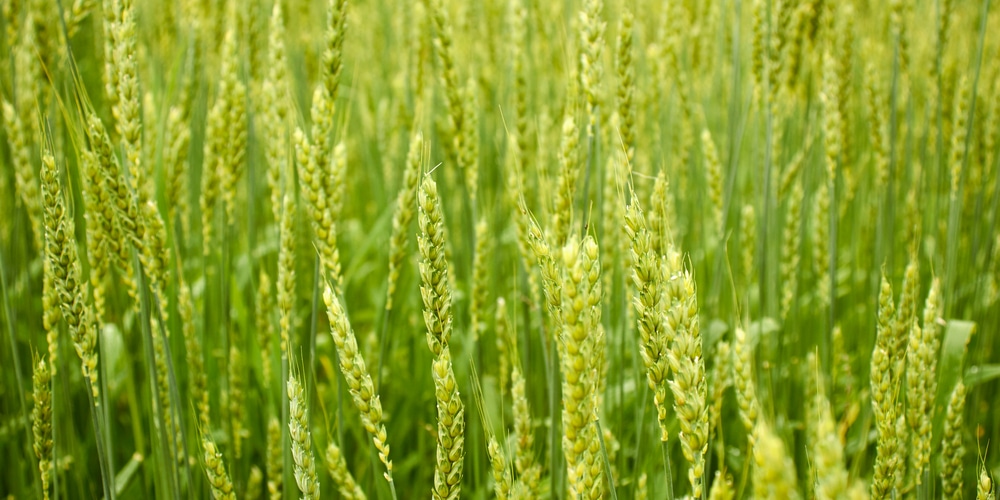You may have heard people use the terms “catnip” and “cat grass” interchangeably, but the truth is these are separate plants with different use cases for cats.
We’ll clear up the confusion and show you why offering your cat both types of grasses is best.
What Is Cat Grass?
Cat grass is a nutrient-rich plant. It isn’t a single species of grass. Instead, any of the following grasses can have the “cat grass” label:
- Wheat
- Barley
- Alfalfa
- Oat
- Rye
Although people typically think of cats as carnivores, they naturally eat grass in the wild.
Scientists are still on the fence about why this is, but several theories exist. Some researchers state that cats eat grass for vitamin A, vitamin D, and chlorophyll. Others believe that cats eat grass after catching prey to help them vomit indigestible animal parts or for it to serve as a natural laxative.
If you have an indoor cat and houseplants, you likely know all too well the battle that can sometimes ensue with trying to prevent your feline from making your plants their dinner.
What Is Catnip?
Catnip goes by the scientific name Nepeta cataria and belongs to the mint family. It induces hilarious responses in your cat, including rolling in, licking, and becoming what some people describe as intoxicated with its scent.
There’s a harmless chemical in catnip called nepetalactone that many scientists believe is why cats go crazy over it.
Cats will often chew or roll on catnip to release more nepetalactone. However, the impact of catnip typically lasts up to only 15 minutes per session that you introduce it to your cat.
Just don’t expect your young kitten to react to catnip; it takes cats up to six months before they become sensitive enough to nepetalactone. Cat nip is also beneficial as it attracts pollinators such as bees to your yard.
Similarities Between Cat Grass and Catnip
There are some notable similarities between cat grass and catnip. The most obvious is that they are both a type of grass and you can grow them in your home. In addition, they are both safe for cats to eat.
Differences Between Cat Grass and Catnip
The most significant differences between cat grass and catnip include the following.
Cat grass:
- Isn’t a grass species
- Can aid with digestion
- Doesn’t come in a dry form
Catnip:
- Is ideal for cats with anxiety
- Belongs to the mint family
- Elicits a euphoric response
Catnip can be an excellent option for helping a cat cope with stress. It causes an immediate response in most cats, turning an otherwise anxious feline into a kitten-like state as they roll around.
Unlike cat grass, you can purchase catnip in a dry form. It’s common to find toys containing catnip. But it’s becoming equally as popular for stores to sell cat grass growing kits in the cat section.
Which Grass Do Cats Prefer?
When you place cat grass and catnip in front of your cat, you can expect them to choose catnip. Nepetalactone gives them a euphoria, so they’ll actively seek it out.
Nevertheless, since nepetalactone temporarily affects cats, they often munch on some cat grass after their catnip high wears off.
Keeping Your Cat Happy and Healthy
Having cat grass and catnip in your home is an excellent option for helping your cat to have good health and fun. However, while it’s wise to give your cat 24/7 access to cat grass, bringing catnip out for short periods will elicit a stronger reaction.
So, we encourage you to buy some cat grass and catnip for your cat. And don’t be surprised if you get as much joy from watching your pet interact with these plants as you do from watching them.


